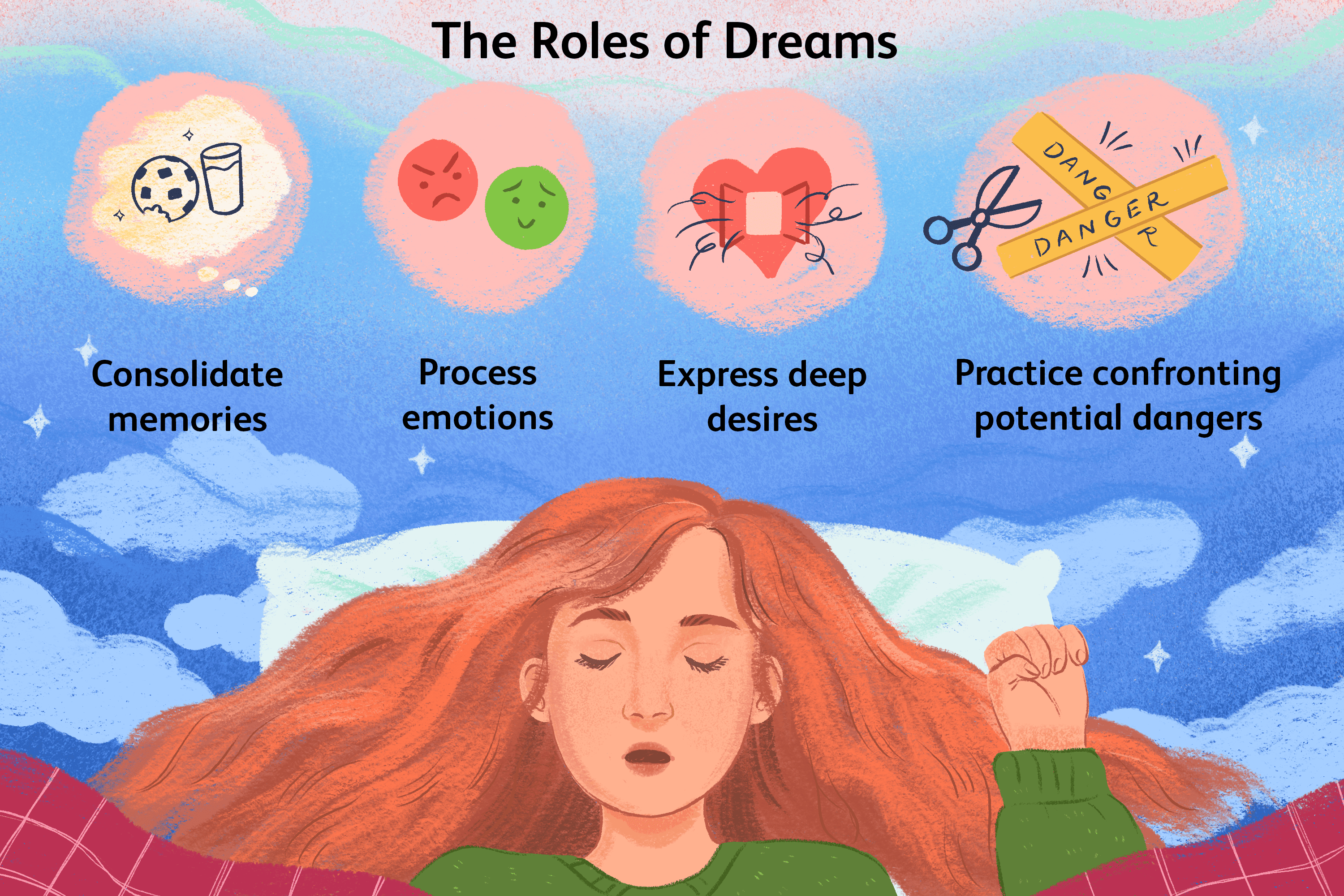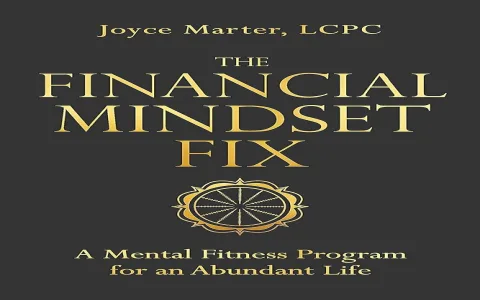The Mess That Made Me Start: Why I Had to Fix My Brain’s Backlog
Look, I didn’t get into remembering my dreams because I thought it was some new-age wellness crap. I got into it because I was losing my mind, plain and simple. About a year and a half ago, I hit this wall in my freelance work. I was clocking 70 hours a week, chasing clients I hated, and the money was good, but every morning I woke up feeling like I’d just survived a truck accident. I felt totally disconnected, like my actions didn’t line up with what I actually wanted.
It was like I was running a company with a brilliant CEO (my subconscious) and a totally clueless manager (me, awake). The CEO was sending daily memos—dreams—but the manager was just tossing them in the trash before even reading the subject line. I knew I was missing something huge, something vital about why I was so miserable despite achieving everything I was supposed to achieve.
This forced me to take action. I realized the first step wasn’t interpretation, it was just getting the dang data. If I couldn’t recall the dream, there was nothing to interpret. My memory for the night before was zero, maybe a flash of a weird color, and that was it. That’s when I started looking up what people who actually study this stuff do, and I found these three crucial secrets that totally changed how I approached the process.

Phase 1: Executing Secret #1 – The Immediate Capture Protocol
The first secret they shared was about the immediate window—you lose 90% of the dream content within the first five minutes of waking up. So I stopped trying to roll over and scroll Instagram first thing. I had to create a rigid system to beat that memory decay.
I implemented a zero-latency logging system. I bought a cheap digital voice recorder and kept it literally inches from my face. My rule was absolute: the moment my eyes opened, before I even thought about moving, I had to grab the recorder and start talking. It was messy. Some mornings it was just me groaning, “Big red dog… water… feeling anxious about that presentation,” but I forced myself to verbalize every single fragment.
In the first month, the recordings were garbage, maybe 20 seconds long. But by consistently committing to the immediate action, my brain started catching on. It started holding onto the data just long enough for me to capture it. I started noticing details: textures, specific dialogues, even background music. This initial phase was purely about volume—getting the memories down, no interpretation necessary.
Phase 2: Executing Secret #2 – Emotional Anchoring and Symbol Linkage
Once I had the raw data, the next challenge was making sense of the symbols, which is where the second secret kicked in: don’t interpret the symbol; interpret the feeling the symbol evokes. This was massive.
I developed a standardized logging template based on this principle. Every entry had to include four sections: Scene Description, Key Symbols/Events, The Dominant Emotion (this was the anchor), and Real-World Current Stressors.
For example, if I dreamt of a rusty key (Symbol), instead of looking up “key symbolism,” I looked at how I felt: frustrated, locked out, hopeless (Emotion). Then I connected that emotion back to my life. I realized the feeling of being locked out was exactly how I felt about my current professional path—I was locked into a structure I couldn’t escape. I cross-referenced the dream emotion with my waking life stress log. This consistent linkage created patterns I couldn’t ignore.
Phase 3: Executing Secret #3 – The Long-Term Review Cycle
The first two secrets improved my retention and interpretation depth, but the third secret is what led to the “deeper self-knowledge” promised in the title. It’s the long game: regular cyclic review of past entries.
I scheduled a mandatory weekly review session every Sunday morning. I didn’t just read the last seven dreams; I read dreams from two months ago, six months ago, and compared them. What I discovered by comparing patterns was shocking. Dreams weren’t random events; they were chapters in an ongoing story about my fundamental fears and desires.
I noticed that the symbol of “being stuck in heavy traffic” kept repeating, regardless of the surface plot. In March, it made me feel frantic. In June, it made me feel sad. By October, it made me feel defiant. The problem wasn’t changing (my career dissatisfaction), but my reaction to the problem was evolving, and my dreams were mapping that emotional journey perfectly.
It was during one of these deep reviews that I finally saw the truth about my initial burnout. The recurring symbols of falling and failing to help someone else weren’t about my family; they were about me neglecting my own creative projects because I was terrified of instability. I wasn’t miserable because the work was hard; I was miserable because I was actively betraying my own deep-seated values for the sake of a stable paycheck.
This realization acted as a massive catalyst. Because I had years of documented proof from my subconscious, I finally had the guts to pull the plug on the bad clients and pivot my business entirely towards the things the “CEO” (my true self) had been yelling about for months. It wasn’t an easy shift, but the constant practice of capturing, linking, and reviewing those dreams finally gave me the hard evidence I needed to stop arguing with myself and just fix my life.











